By Sarhind Times Environment Desk
New Delhi, Sept 30
The capital woke up under a hazy shroud of pollution once again this morning, as real-time air quality dashboards placed Delhi’s AQI at ~124 in the “Poor” category during the pre-dawn window. Concentrations of PM2.5 — the ultra-fine particulate pollutant most harmful to health — hovered well above national safety thresholds, rekindling concerns as the city inches closer to its notorious winter smog season.
🚨 Key Takeaways
- AQI Today: ~124 (Poor), with PM2.5 crossing safe limits.
- Health Advisory: Sensitive groups — children, elderly, cardiac and respiratory patients — advised to avoid strenuous outdoor activity.
- Government Response: Graded Response Action Plan (GRAP) measures typically include mechanized sweeping, dust-control, curbs on open burning.
- Forecast: Night and early morning deterioration expected due to low mixing height; slight daytime improvement likely.
Why the Deterioration Now?
Meteorologists cite a combination of factors:
- Lingering Post-Monsoon Humidity: Locks pollutants closer to the ground.
- Construction Dust: Infrastructure projects across NCR add to particulate load.
- Vehicular Emissions: Still the largest share of urban PM2.5 in Delhi.
- Seasonal Transition: As October approaches, mixing height lowers, reducing the atmosphere’s self-cleaning capacity.
GRAP: The Official Response Playbook
Delhi’s fight against winter smog is guided by the Graded Response Action Plan (GRAP). At “Poor” levels, measures often include:
- Intensified mechanized road sweeping and water sprinkling.
- Restrictions on dust-raising activities at construction sites.
- Crackdown on open burning of trash and biomass.
- Closer surveillance of industrial emissions in NCR towns.
Officials stress that these steps must be implemented early to prevent the annual spiral into “Very Poor” and “Severe” categories.
Health Concerns
Doctors warn that even “Poor” air quality can be harmful, particularly for vulnerable groups:
- Children: Higher breathing rates make them more susceptible.
- Elderly: Pre-existing cardiac and pulmonary conditions worsen quickly.
- Asthmatics/COPD patients: Even short outdoor exposure may trigger attacks.
Dr. R.K. Sharma, pulmonologist at AIIMS, told Sarhind Times:
“People think AQI 124 is manageable. But for asthmatics or the elderly, it’s like smoking multiple cigarettes a day. Caution is critical.”
Citizens’ Advisory
- Avoid morning walks/jogs along traffic corridors.
- Keep car windows up in high-dust zones.
- Use N95 masks if sensitive to pollution.
- Opt for indoor workouts or yoga.
- Monitor AQI apps before planning outdoor activity.
The Stubble Burning Season Looms
Every year, post-harvest stubble burning in Punjab and Haryana worsens Delhi’s already fragile air. While AQI is still in “Poor” range, officials warn of episodic spikes once burning peaks in late October–November.
The Commission for Air Quality Management (CAQM) has asked states to deploy:
- In-situ machines for stubble management.
- Subsidies for Happy Seeders & Super Straw Management Systems.
- Strict penalties for burning cases.
Historical Context
- 2016: AQI touched “Severe+” levels for days, shutting down schools.
- 2019: Pollution masks were distributed free as AQI crossed 600.
- 2021–22: Despite GRAP, air quality hit “Hazardous” on Diwali nights.
Delhi’s smog crisis has evolved into a global case study of urban air pollution.
Forecast & Outlook
IMD models predict:
- Short-term: Episodic deterioration at night and early morning.
- Medium-term: AQI may worsen as stubble burning rises.
- Long-term: Without stricter construction controls and vehicular reforms, winter 2024–25 could mirror past episodes.
Expert Views
Urban Planner, Delhi:
“Every construction site in NCR is a dust hotspot. Enforcement remains patchy, making GRAP reactive rather than preventive.”
Environmentalist:
“We cannot fight air pollution in silos. Delhi’s air is a regional crisis. NCR towns, neighboring states — all must coordinate.”
Conclusion
Delhi’s morning AQI reading of 124 may not make global headlines, but for its residents, it marks the beginning of another polluted season. Unless proactive steps are enforced now—not after “Severe” spikes—sensitive groups will continue to bear the brunt.
The challenge is as much about implementation and coordination as about forecasting. The coming weeks will test whether the capital can finally turn its graded response into a preventive shield rather than a late firefight.
#AQI #DelhiNCR #AirPollution #PM25 #Health #Environment #GRAP #CleanAir #PollutionWatch #StaySafe





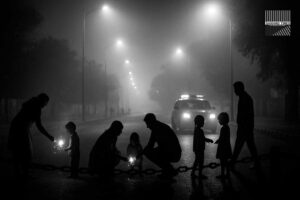
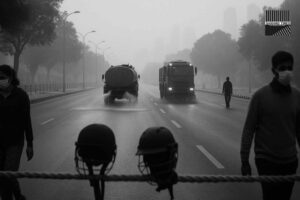




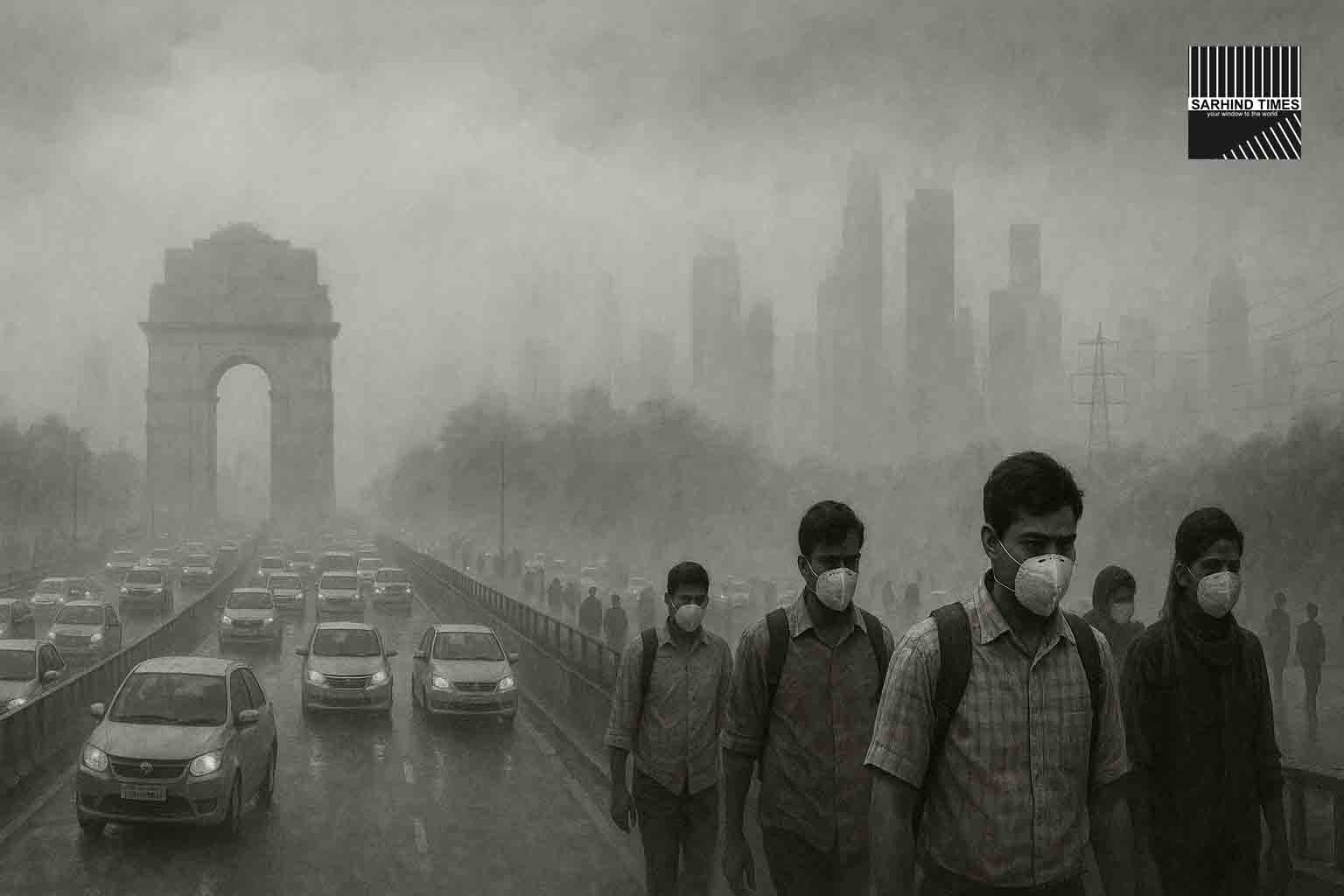
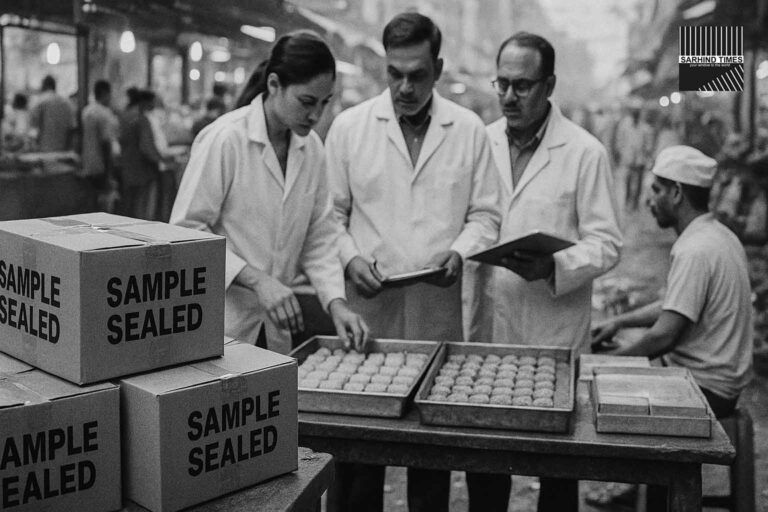
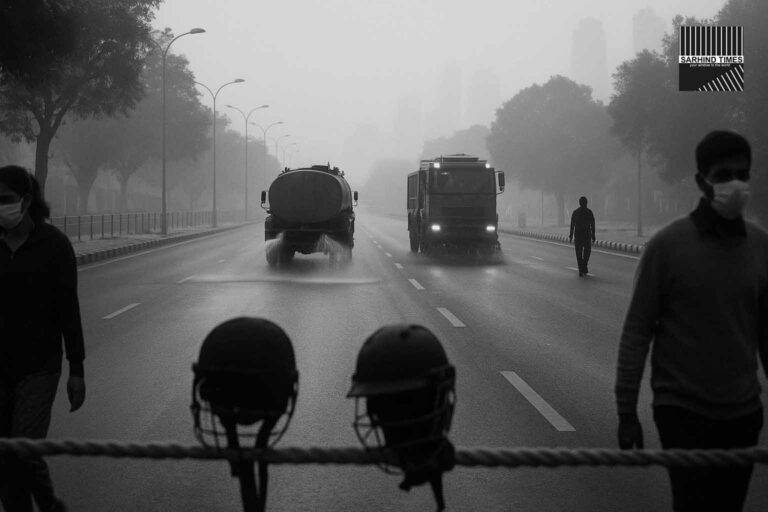


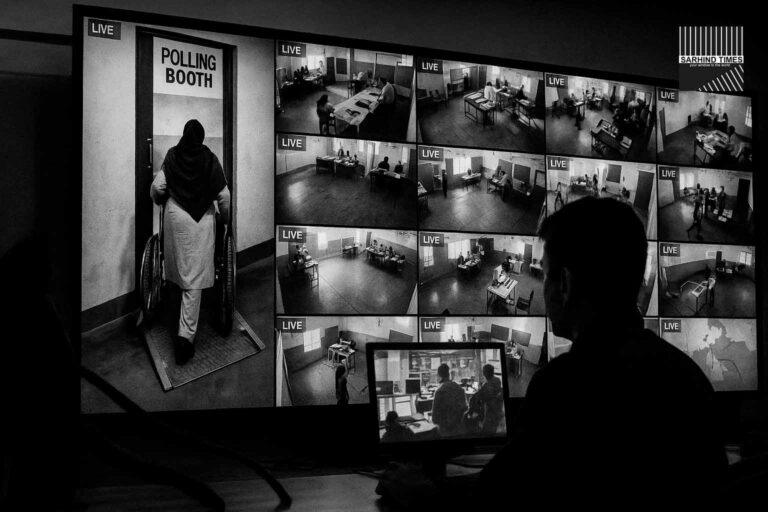
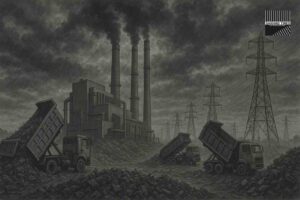


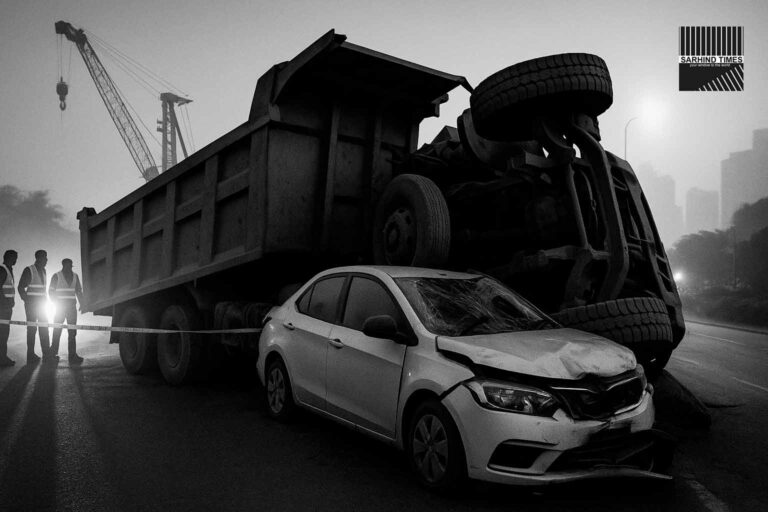
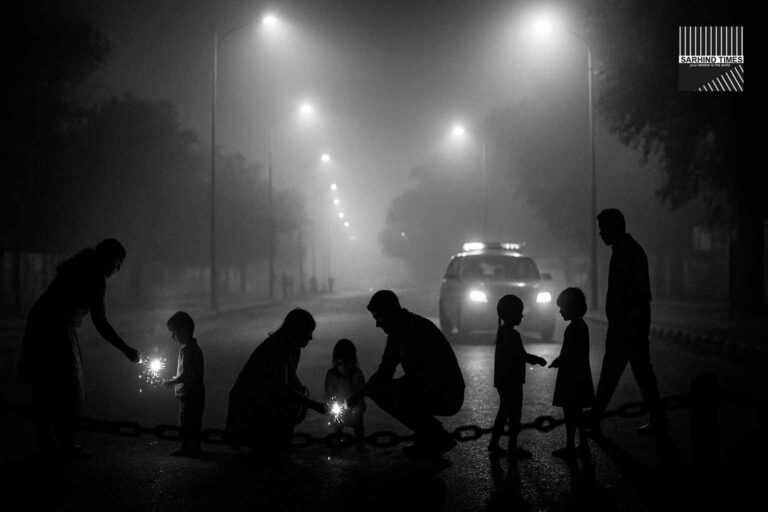

+ There are no comments
Add yours